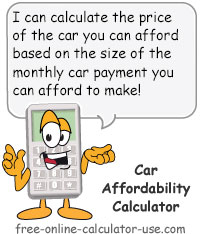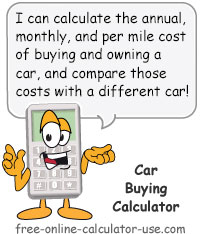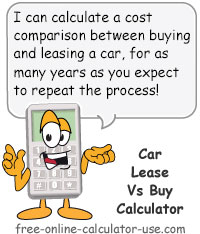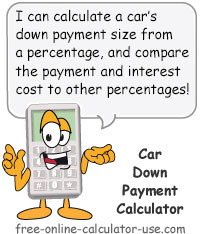IMPORTANT: Numeric entry fields must not contain dollar signs, percent signs, commas, spaces, etc. (only digits 0-9 and decimal points are allowed).
Click the Terms tab above for a more detailed description of each entry.
Step #1:
Enter the amount of the monthly payment you think you can afford.
Step #2:
Enter the amount of the down payment you will have available.
Step #3:
If you are trading in a vehicle, enter the estimated value of the trade-in.
Step #4:
If you entered a trade-in allowance, but you are still making payments on the vehicle you are trading in, enter the balance still owed.
Step #5:
If the vehicle you are purchasing comes with a cash rebate, and you wish to add it to the down payment, enter the rebate amount.
Step #6:
Enter the auto loan's annual finance rate.
Step #7:
Enter the total sales tax percentage that you will need to pay at the time of purchase.
Step #9:
If you would like a payment schedule included in the results, move the schedule slider to the "Yes" position.
Step #10:
Tap the "Calculate Car Affordability" button. Clicking the button will display the car price, the required loan amount, the interest cost, and if you chose to have it included, a payment schedule with a "Printer Friendly Schedule" button.





Follow me on any of the social media sites below and be among the first to get a sneak peek at the newest and coolest calculators that are being added or updated each month.